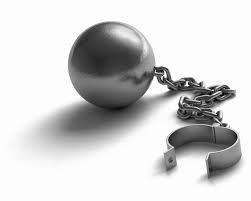A lease is a binding contract for a fixed period of time. It is a financial commitment. If your business is struggling to make payments, how can you get out of your lease? It’s not easy, but there are some things you can try.
The starting point is to review your lease. Is there a break clause, which enables the lease to be brought to an end early. There are strict time limits on break clauses and any notice that has to be served. We recommend getting legal advice on the serving of any notices.
If there is no break clause, then most leases will contain an alienation clause, which allows you to assign or underlet (subject to landlord’s consent).
Assignment means transferring the lease on to another party. The lease will often require this is done with the landlord’s consent. They have the right to turn down the request, although their objections have to be reasonable. If the landlord does agree to the assignment, you might be asked to sign an Authorised Guarantee Agreement (otherwise known as an AGA). This means that if the party defaults, the landlord can come back to you to cover the lease costs again.
In the case where leases are onerous, the third party might not want to take on your full commitments, so instead will prefer to underlet. In this instance, you remain in the chain as tenant (so continue to pay rent to the landlord as before), but the third party becomes your tenant (under-tenant)
A further option is to approach the landlord and negotiate the surrender of your lease. This is entirely at the landlord’s discretion and depends on the landlord considering many factors. Negotiations can often be complex and depending on the circumstances may require a surrender premium to be paid.
Let us guide you through what options are available to you. Contact us now.




